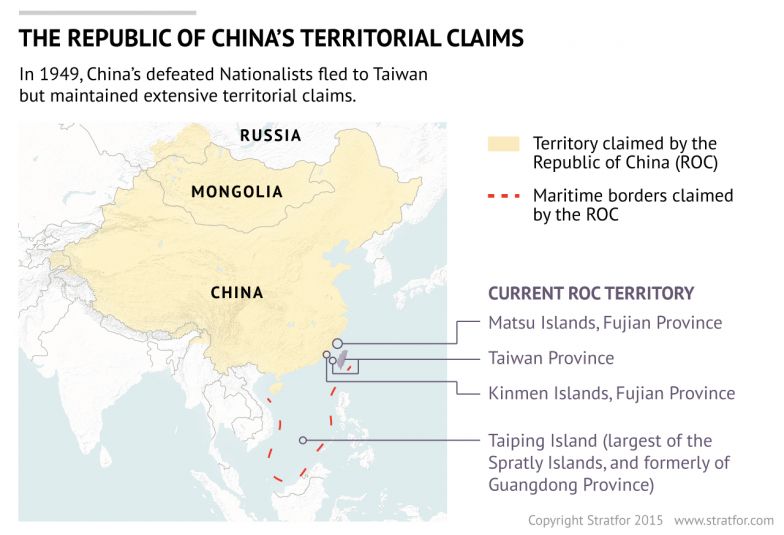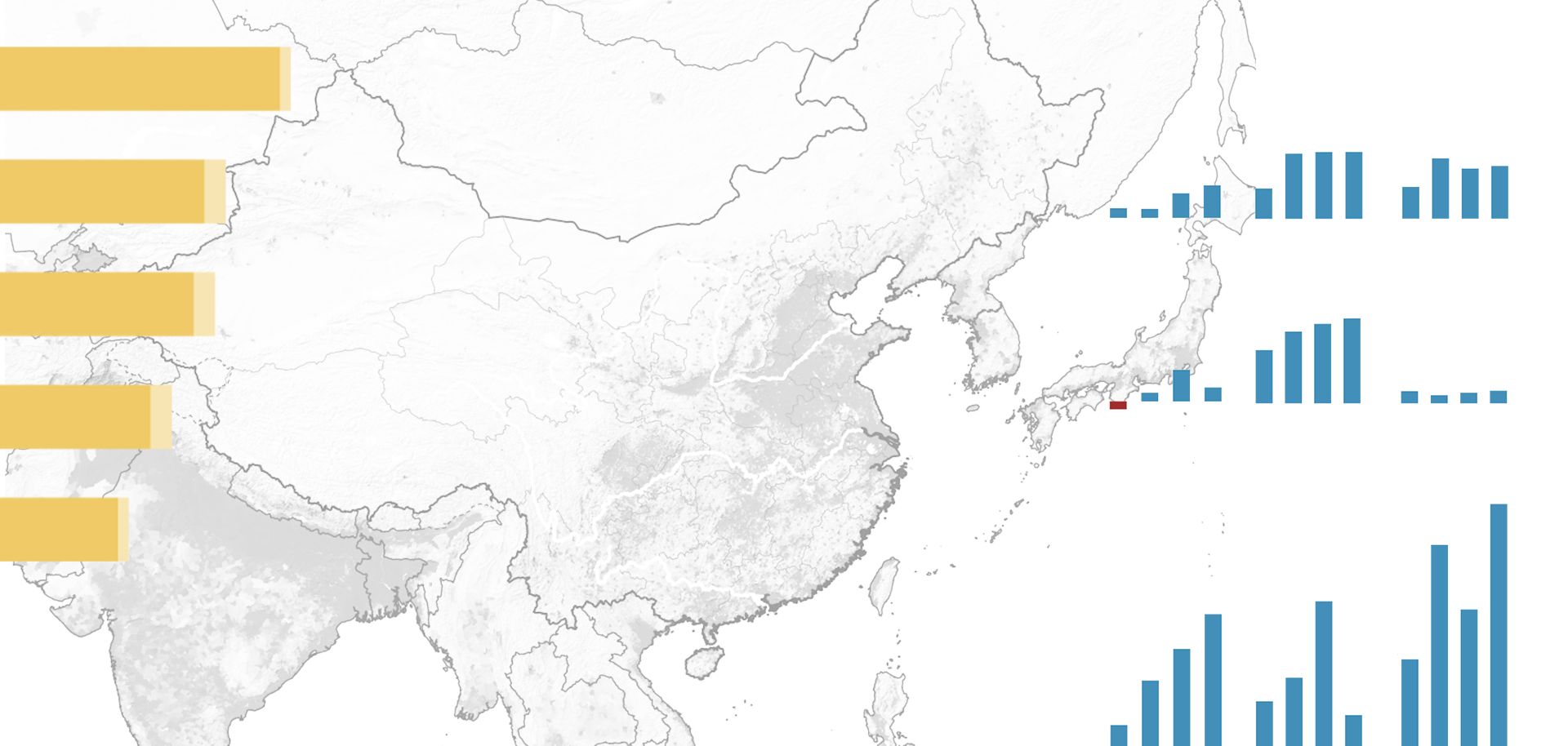
When Mao Zedong's Red Army swept Chiang Kai-shek's nationalist-ruled Republic of China off the mainland in 1949, Chiang's armies retreated to a chain of offshore islands that stretched from the coast of Zhejiang to Hainan Island. The Matsu Islands were soon transformed from a sleepy archipelago of no political significance to a major flashpoint of the Cold War.
During the Cold War, Matsu was nothing but a hardship post dreaded by Taiwanese soldiers. Separated from the mainland by only nine miles at its closest point, it was close enough for nationalist and communist gunners to lob shells at one another on alternating days of the week.
The Matsu Island group was once extremely strategic for the nationalists. As some of the only territory Taiwan controlled outside the island of Taiwan, it was key to preserving the fiction that the Republic of China ruled over the entire mainland. The communists frequently shelled the islands, most famously during the Second Taiwan Strait Crisis in 1958, which dragged the United States and the Soviet Union to the brink of nuclear war.
While Matsu is still heavily militarized, most of the archipelago's vast defense network now stands empty. With no more impending war against China and with Taiwan giving up its interest in recovering the mainland, there was simply no need to maintain a large garrison.
Even if the Taiwanese were to change their threat assessment of China, there are limits on how quickly Taiwan can rebuild its capabilities. The defense networks on Matsu took decades to construct. They have had more than two decades to fall into ruin. Threat perceptions change quickly, but crumbled concrete cannot be pressed back into service overnight.



